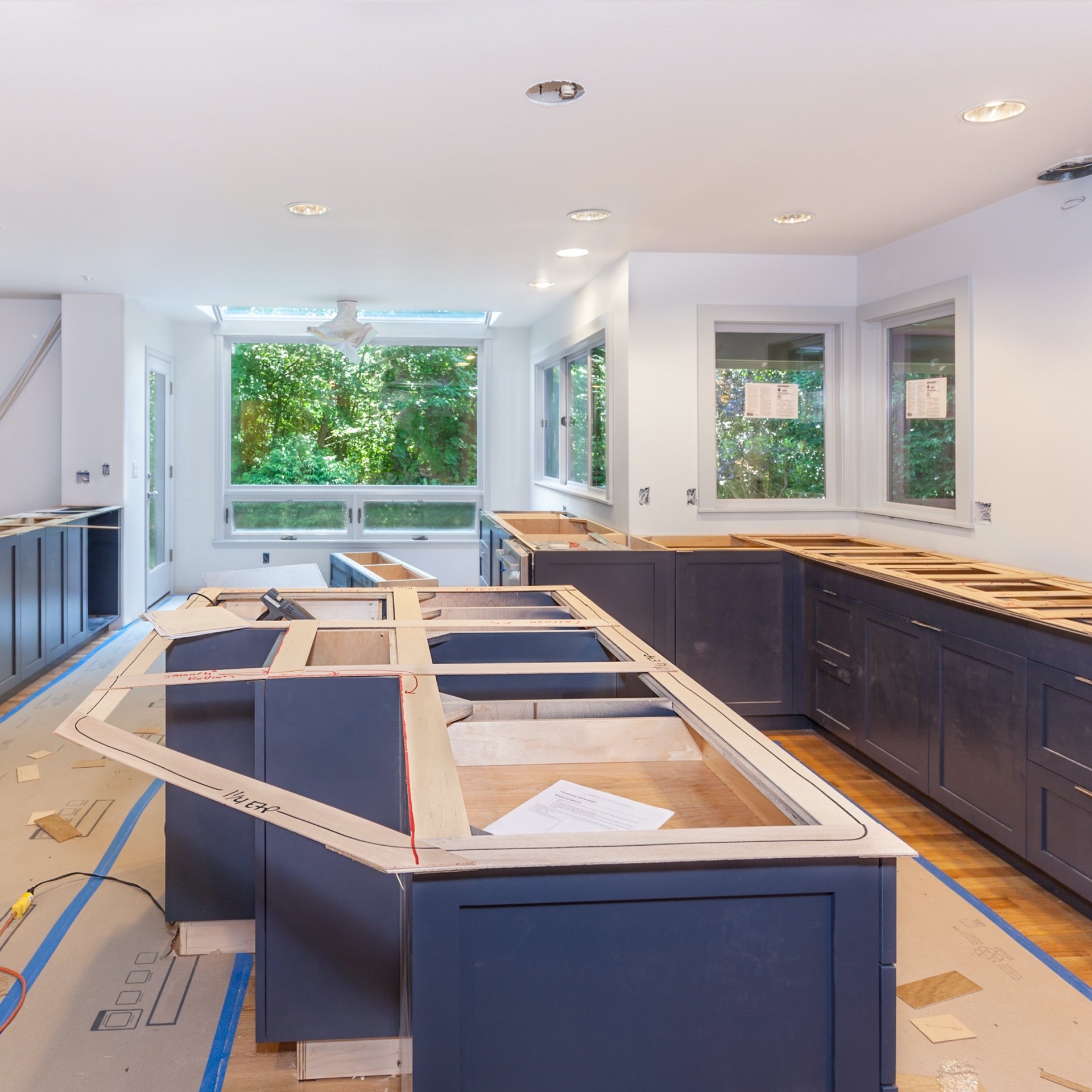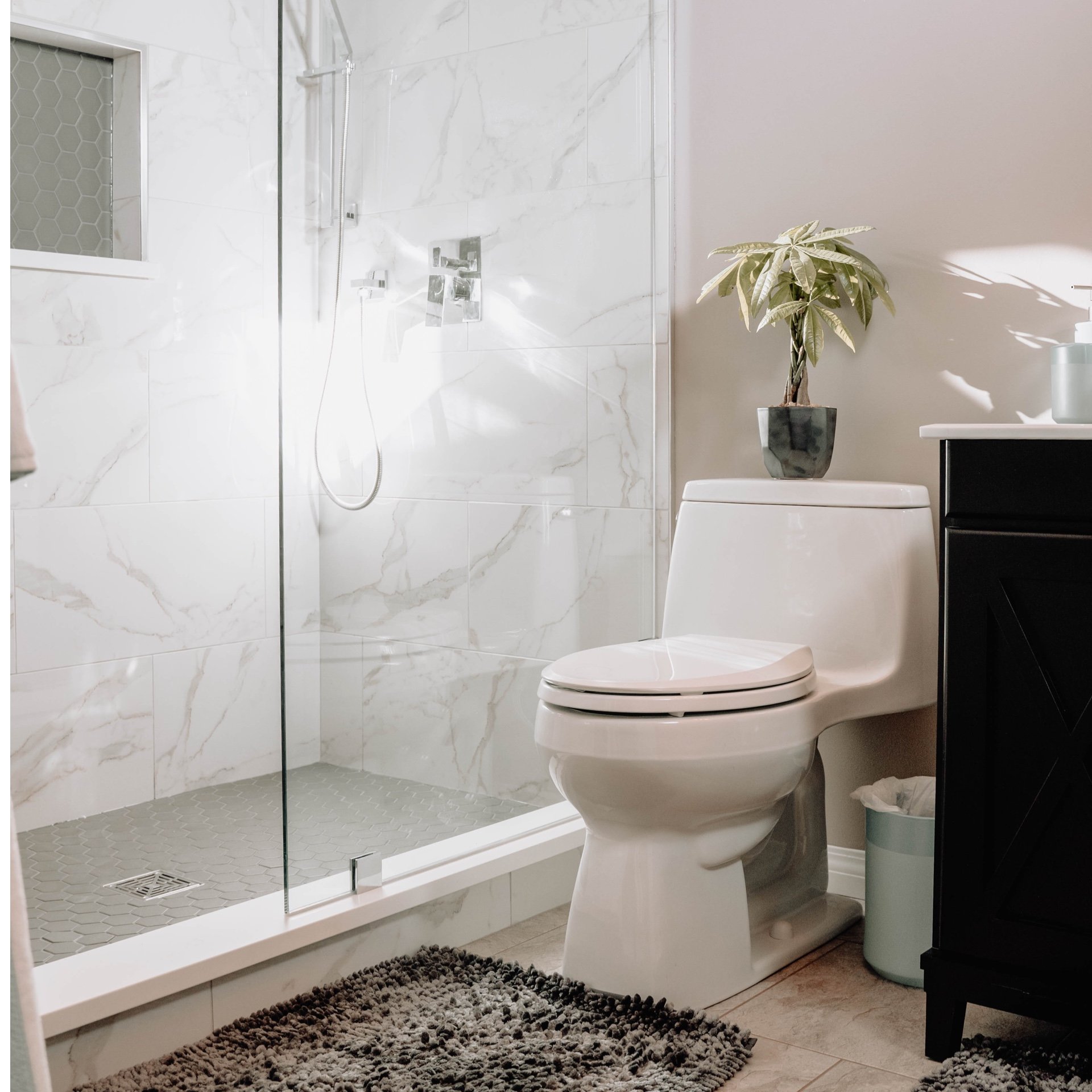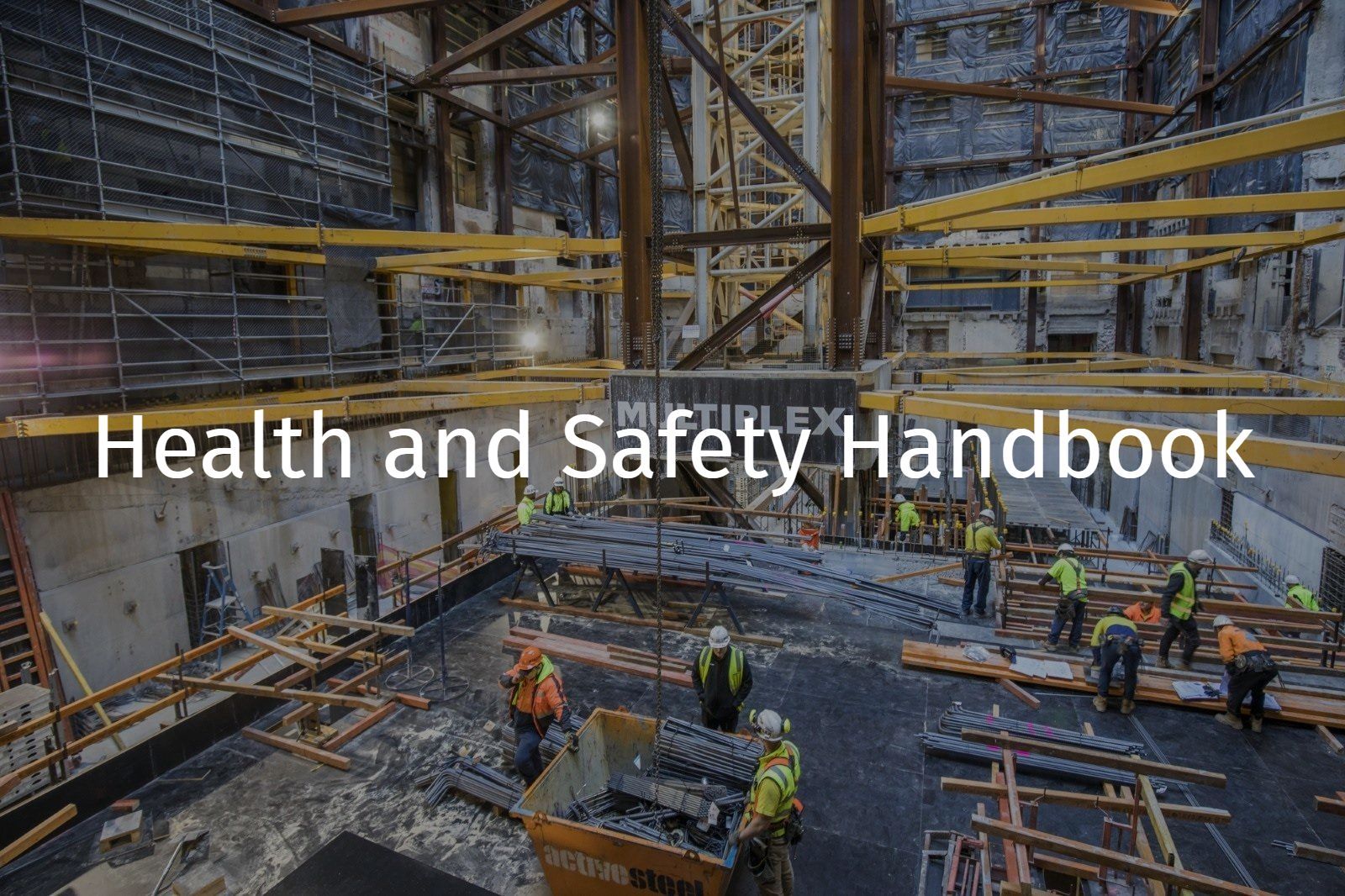Plant and Equipment - General
References: R Record keeping requirement | E An engineering/certification requirement | P A permit to work requirement | S A safe work method statement (SWMS) / written plan
Informative
WHS legislation
- Requires certain types of plant to be design / plant registered with the regulatory authority, and
- Specifies standards relating to design and other requirements in relation to certain types of plant.
Hazards
Potential hazards include, but are not limited to:
- Proximity of overhead powerlines
- Proximity of other cranes and/or other plant/structures
- Proximity to other work activities
- Presence of underground services especially at or near the location of the out-riggers
- Refuelling
Design and Planning
MPX should consider during the project planning stages the types of plant and equipment required to construct the project. Consideration must include the:
- Operational requirements generally
- Transportation / delivery requirements
- Security arrangements
- Potential hazards and risks associated with the plant or equipment, overhead powerlines and underground services
- Controls that will be required to reduce risks associated with plant and equipment use
- Requirements for inspection and maintenance
- Potential impact on the environment.
- Work environment including but not limited to location of setup, surface & ground conditions, travel routes
- Operator competence
- Access and egress for maintenance, adjustments, repairs, cleaning and use
All plant and equipment operators are responsible to verify prior to use, that plant / equipment is suitable for the task, serviceable and is being properly maintained.
MPX and Subcontractors must have in place suitable systems of maintenance, inspection and testing for all plant and equipment to verify compliance to all statutory and legislative requirements.
R - Records of service and maintenance must be available and maintained by MPX or subcontractor on site and be produced when requested
Any plant or equipment found to be damaged, unregistered and/or faulty must be removed from service and an out of service tag or similar attached to the main point of isolation, in accordance with:
- WA Section: Lockout, Tag-out and Service Isolation.
Operational
Refuelling Portable Equipment
When refuelling petrol or diesel powered portable equipment the following precautions should be considered to reduce the ignition risk.
- Turn the equipment off and give it time for the hot parts to cool down
- Remove the equipment from inside vehicles/trailers
- Refuel away from other heat and possible ignition sources
- Refuel in a well-ventilated area
- Do not refuel in low lying areas (ie. trenches in low temperatures, where vapours can accumulate)
- Refuel only from approved labelled fuel containers
- Use a funnel
- Have a fire extinguisher available
- Replace fuel caps on equipment and fuel containers tightly.
- Where PPE (eye/face, hand protection etc.
\When transporting portable equipment and fuel containers:
- Allow the equipment to cool down before loading it onto a vehicle
- Ensure fuel caps are on tight
- Secure in the upright position in a well-ventilated space.
- Fuel must be stored in accordance with:
- Section: Substances and Dangerous Goods
Legal and Other Requirements
- National Standard for Plant
- AS 2294.1 Earth Moving Machinery Protective Structures – General
- AS 4024.1 Safeguarding of Machinery Part 1 - General Principles
- Managing Risks of Plant Code of Practice (Qld) 2013
Document Control
Version 1 August 2019 – New Standard







